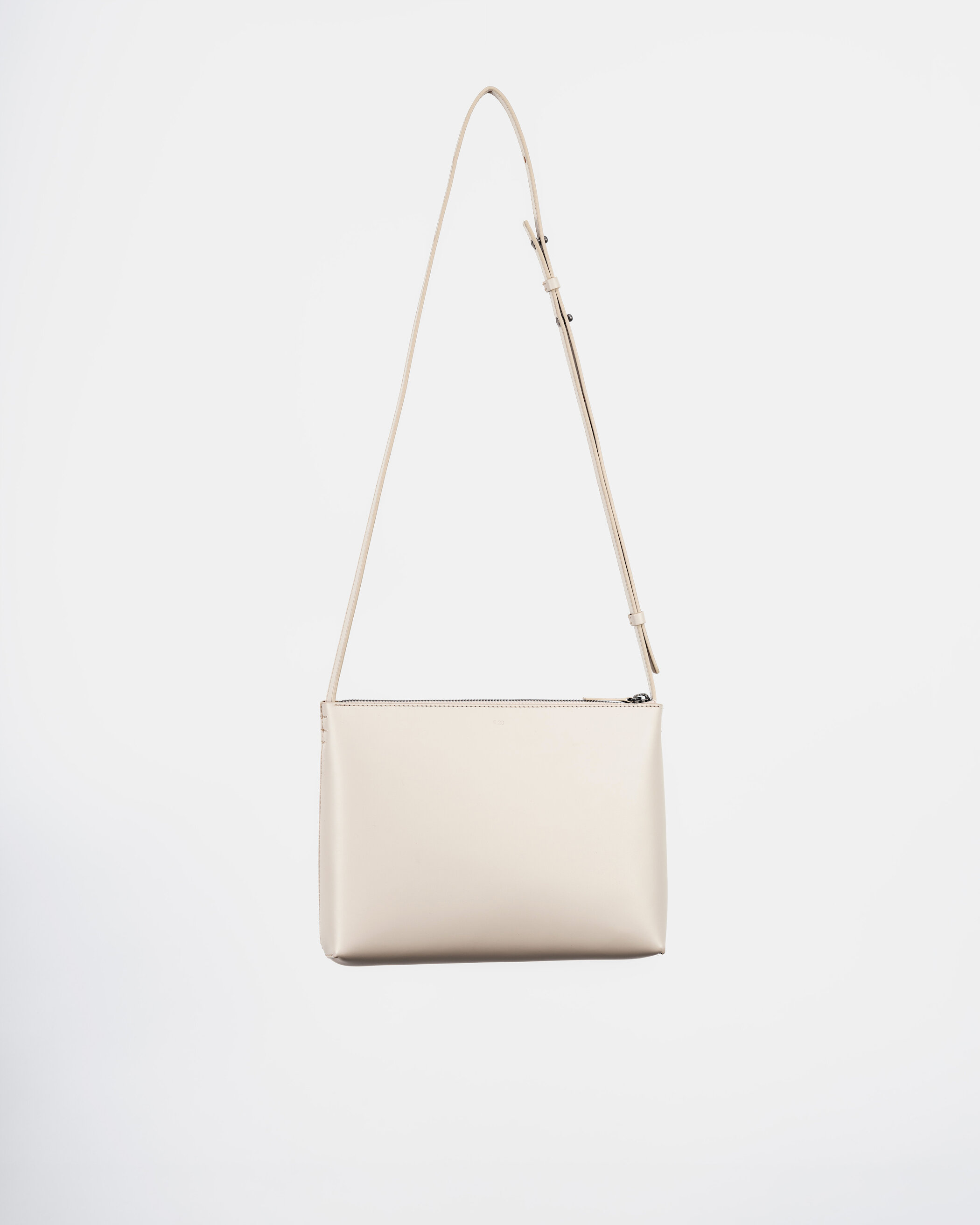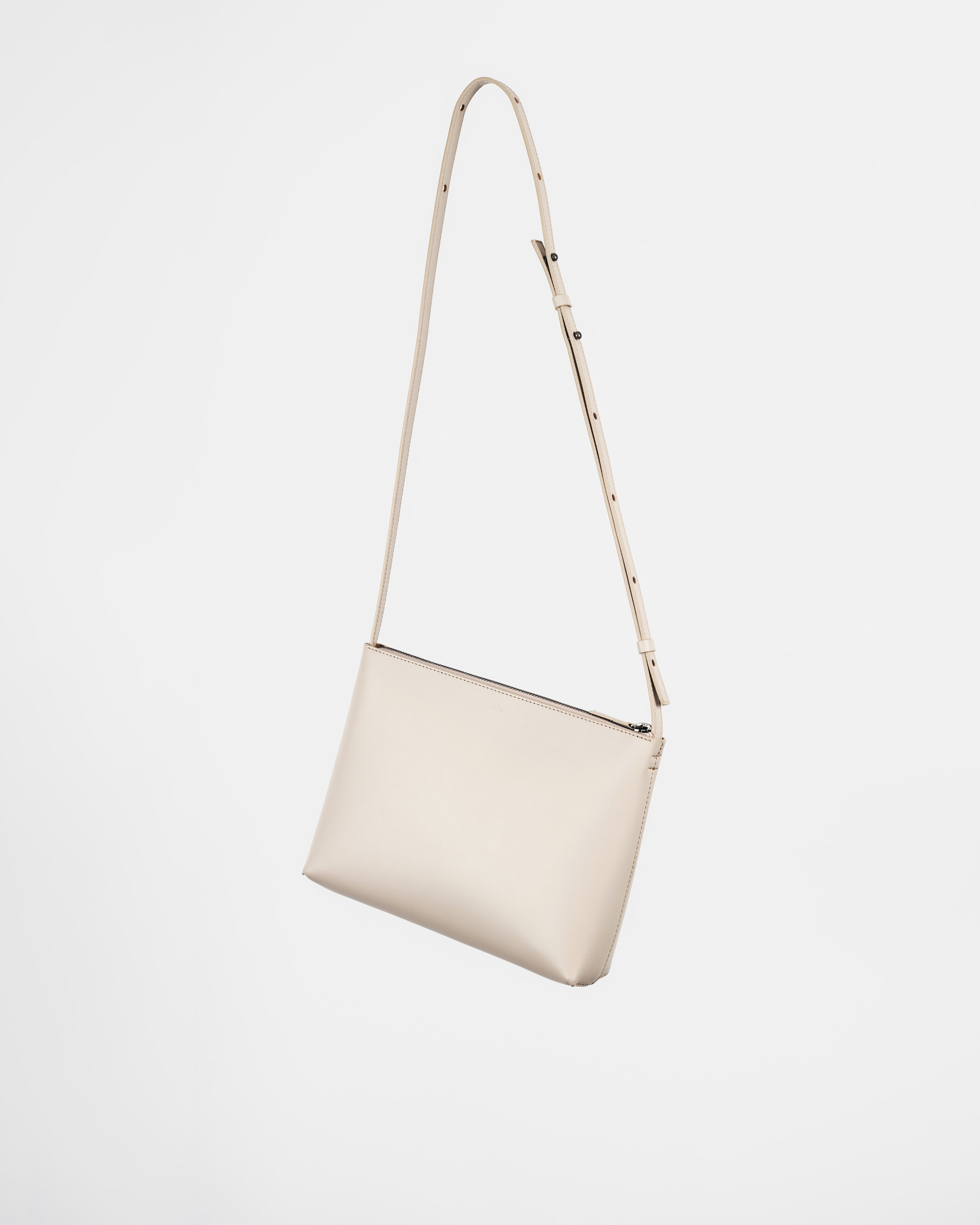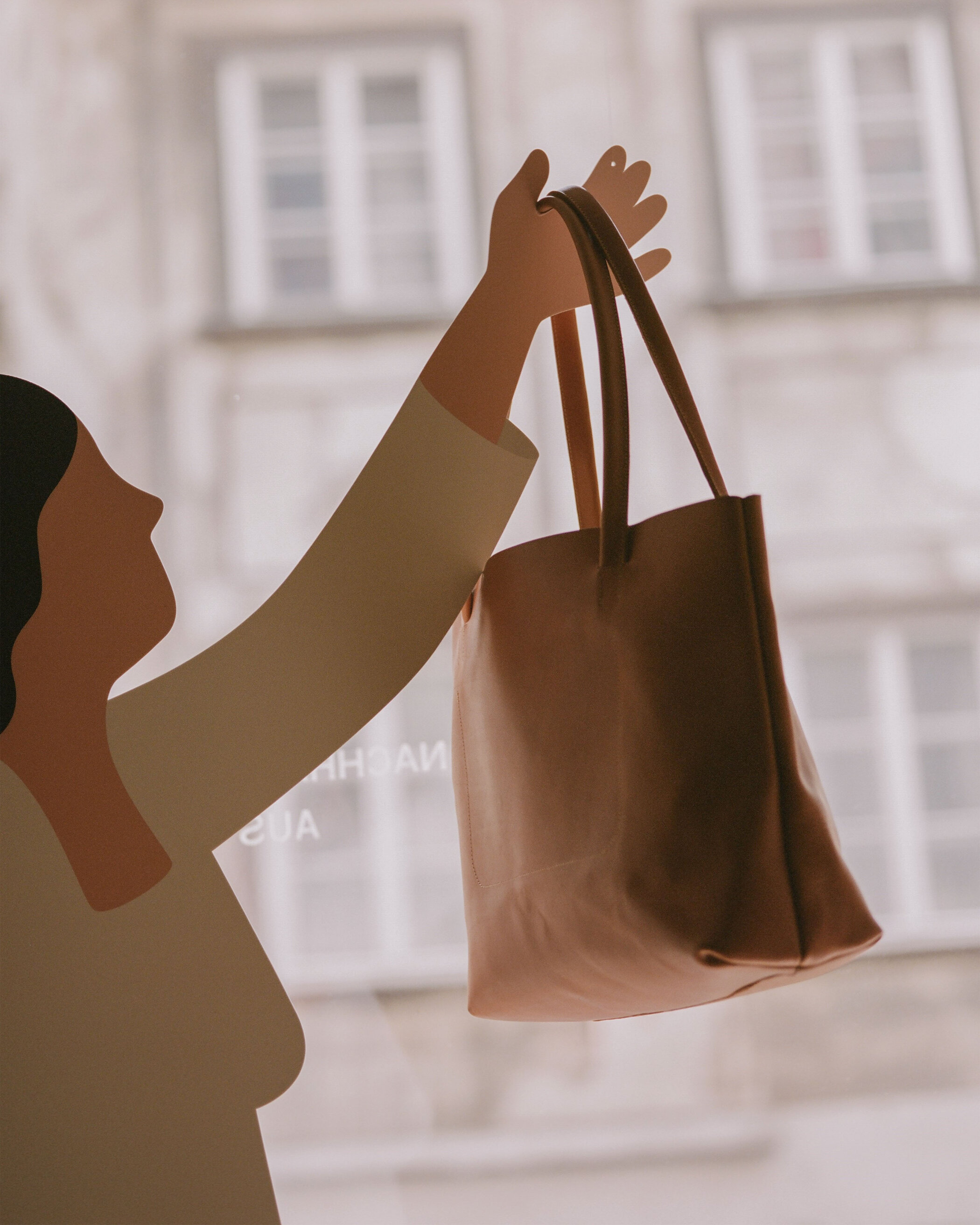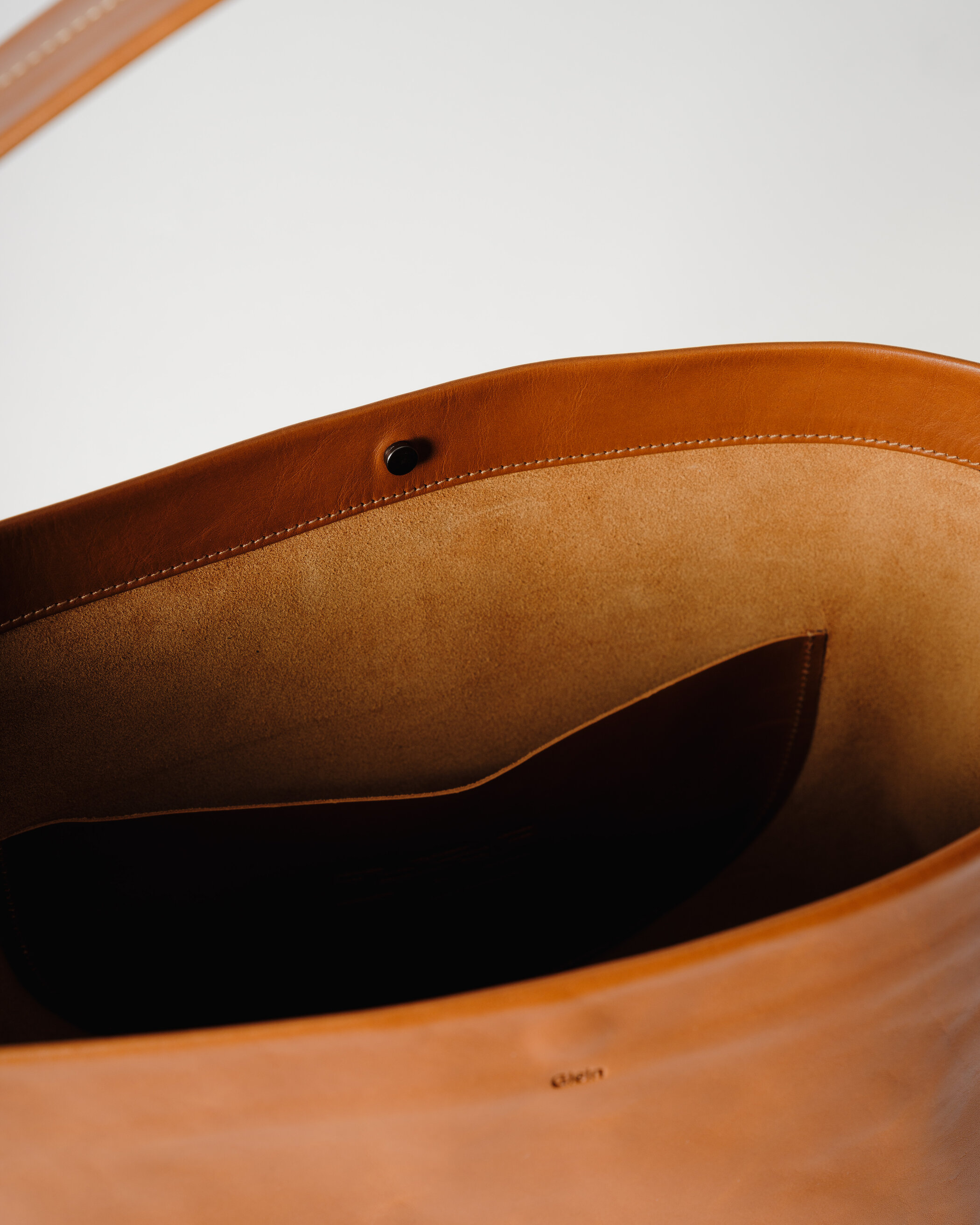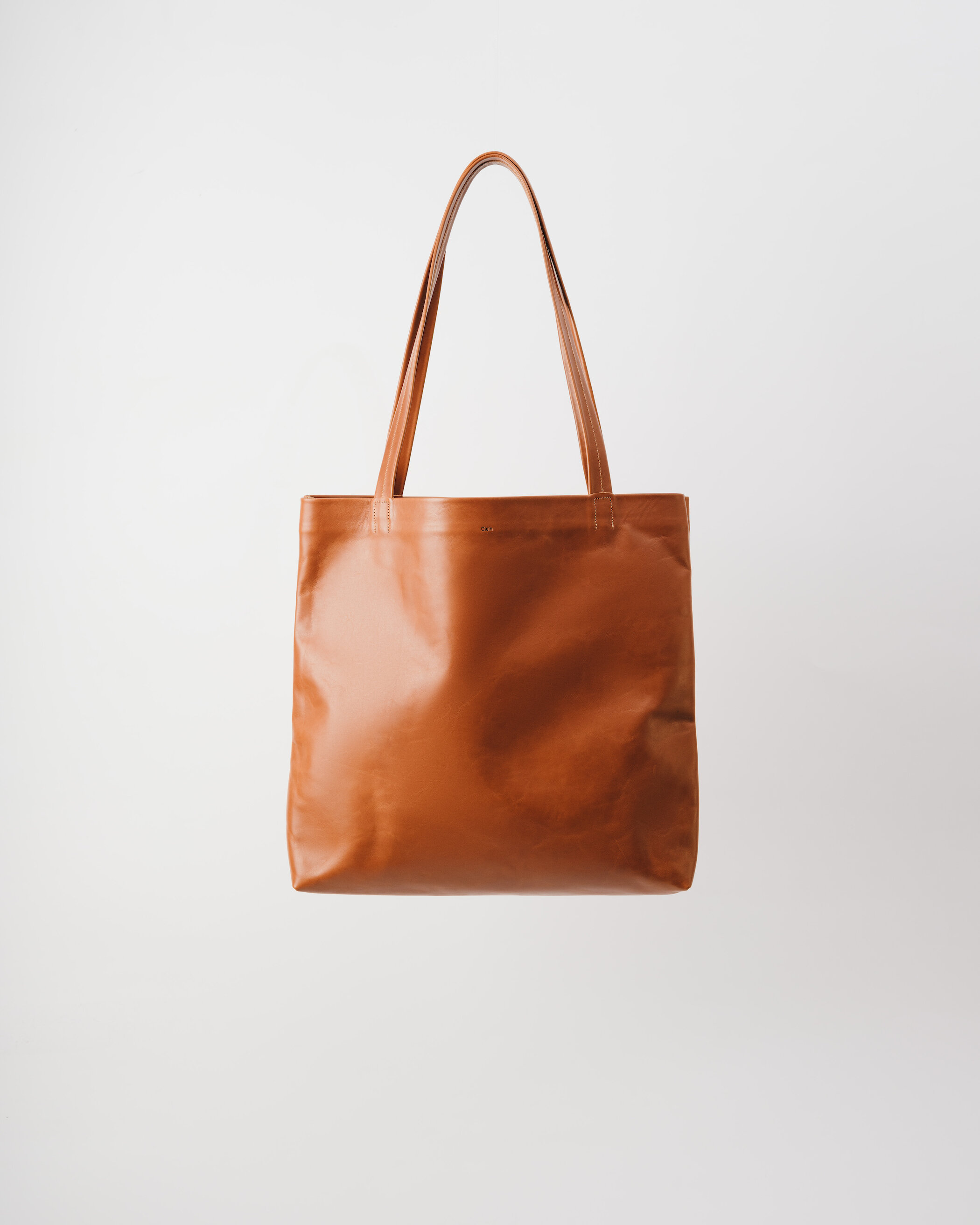Sustainable Leathers
Glein Sustainable
Leathers
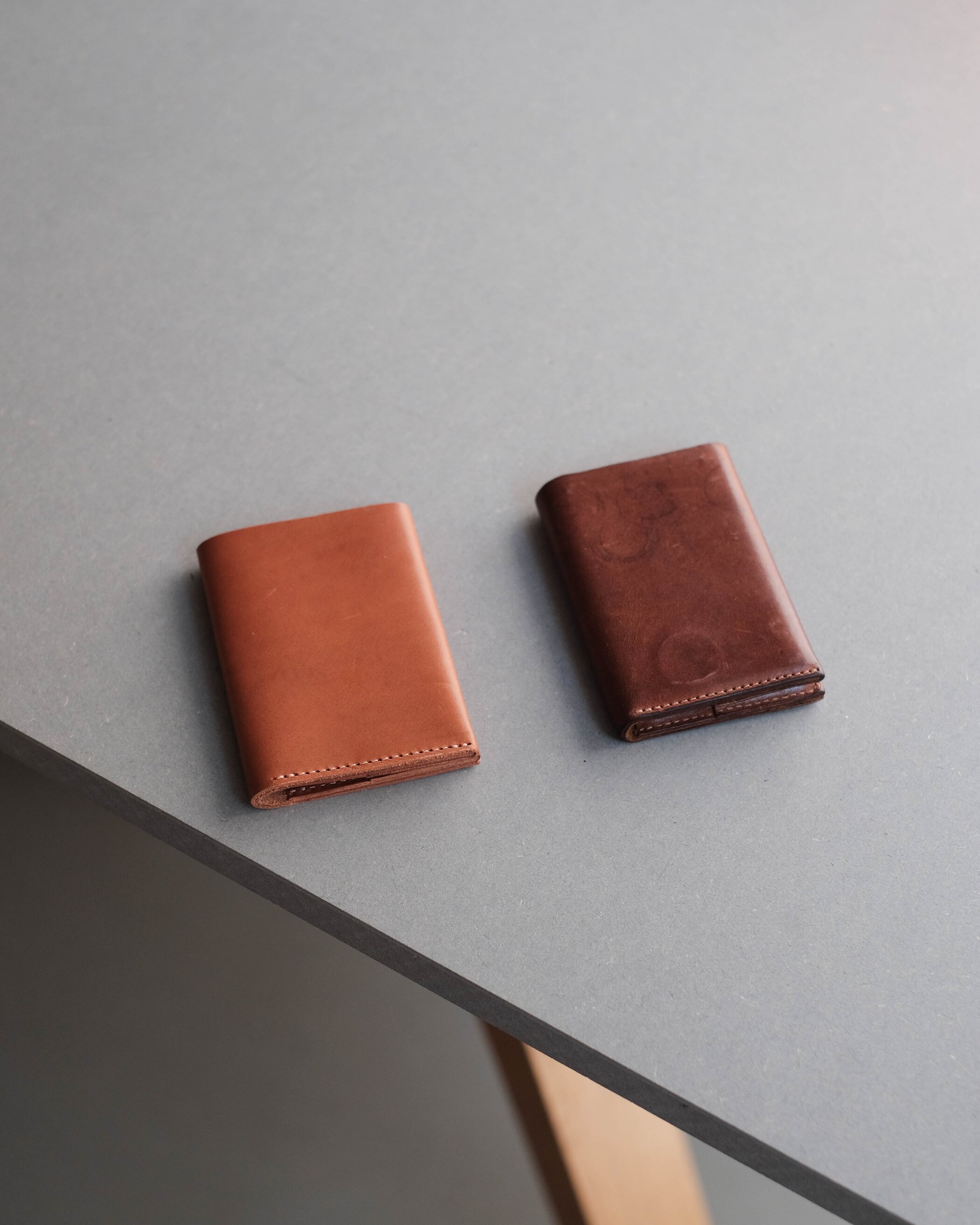
In a
Nutshell
Sustainable leather …
- is produced only with high-quality tanning agents.
- comes from tanneries with suitable water-processing units.
- is manufactured under safe and fair working conditions.
- does not release any harmful substances to the skin when worn.
- has a surface that is as natural as possible.
- exclusively utilizes by-products from livestock farming that would otherwise be discarded.
In general, the sustainability of leather strongly correlates with its price. Cheap leather, as used in fast fashion, is a problematic material and is often produced under questionable working conditions without regard for humans or environmental impact.
Many European leathers are pre-tanned in countries with less strict regulations and are only finished in the EU. Therefore, the "Made in" label on leathers often reveals little about the entire tanning process. The tanning method itself, whether vegetable, mineral, or synthetically tanned, does not provide insights into the sustainability of the leather.
Leather fully tanned in the EU can be considered very sustainable but is less common due to its high price. Investing in high-quality leather goods, therefore, means contributing to improvements for humans, animals, and the environment.
As a rule of thumb: The less coated and the higher quality a finished leather product has, the more sustainable its leather is.
History
Leather is a durable, malleable, and breathable natural product that ages aesthetically and offers resource-saving advantages due to its repairability. As early as the Neolithic era, leather was used for protection against the elements – even "Ötzi" the Iceman wore leather shoes and clothing. However, today's conventional leather industry causes ecological, social, and ethical damages, ranging from animal welfare violations and risky tanning processes to the emission of harmful pollutants from leather waste.
Why no animal
dies for EU leather
European cattle leather is a byproduct of the food production industry. The value of an untanned rawhide covers approximately one-fiftieth of the feeding costs for a mature cattle. Therefore, slaughtering solely for the purpose of obtaining the skin does not happen due to cost considerations. In some cases, European rawhides are even discarded because conventional leather significantly undercuts their price level.
Finished leather products made from European cattle leather always originate from slaughtered beef cattle or from cows that were too old for milk production.
Tanning Process
in Detail
There are three different processes for obtaining leather: vegetable tanning, mineral or chrome tanning, and synthetic tanning.
When using high-quality tanning agents and contemporary water treatment, all three processes can be considered very similar in terms of sustainability.
1. Vegetable
Tanning
Vegetable tanning is the most manual, elementary, and elaborate tanning process, which, following centuries-old tradition, involves the use of organic substances in barrels. The leather retains many of its natural characteristics: it darkens under UV radiation, usually requires minimal coating, and develops a rich patina over time. Often, this tanning method is combined with the application of various waxes and oils, imparting the finished product with its characteristic leather scent. Vegetable-tanned leather, such as Vacchetta, becomes softer with use and ages naturally.
2. Chrome- or
Mineral Tanning
Mineral tanning is the fastest, most cost-effective, and technically simplest tanning process, leading globally with an 80% prevalence. In contrast to vegetable-tanned leathers, mineral-tanned leathers have a softer, somewhat more artificial feel and are less sensitive to environmental factors such as water.
Due to its rapid process, this method consumes the fewest chemicals and, when using high-quality tanning agents, following proper procedures, and employing modern water treatment, can even be considered the most sustainable tanning process.
However, a significant challenge with mineral tanning is that impurities in the tanning process or the use of inferior chemicals can result in the production of hazardous by-products, such as Chromium VI. This has given mineral tanning a bad reputation. Due to its technically straightforward and cost-effective process, it is favored by low-wage countries and is often executed without strict procedural guidelines, adequate worker protection, and sufficient water treatment.
On the other hand, fully mineral-tanned leathers in Europe are among the most sustainable leathers on the market. This is evident, especially when comparing the CSB balance. The abbreviation CSB stands for "Chemical Oxygen Demand," indicating the amount of oxygen needed to oxidize nearly all organic compounds. It is used in leather production to assess the environmental friendliness of tanning processes concerning wastewater and chemical waste. The lower the value, the more sustainable the process.
In a direct comparison of 2009 data from the "FILK Research Institute for Leather and Plastic Sheeting", it is apparent that the CSB value of vegetable tanning exceeds that of mineral tanning before the clarification process. However, after the implementation of a properly designed wastewater treatment plant, all three tanning processes have equivalent CSB values.
3. Synthetic
Tanning
The rarest tanning method is synthetic tanning, primarily employed for technical specialty leathers with specific applications. It enables the automobile industry to produce UV-resistant leather seats and the footwear industry to manufacture orthopedic moisture-absorbing lining leathers. However, synthetic tanning is not used for leathers intended to exhibit a wide range of properties.
Risiks outside
of Europe
The environmental pollution caused by substances such as Chromium VI in the vicinity of tanneries was classified by the "Blacksmith Institute" in 2011 among the ten worst environmental sins globally. According to their Toxic Sites Identification Program, most of the contributing tanneries are located in Asia. In the Hazaribagh region alone in Bangladesh, over 200 tanneries generate 7.7 million liters of wastewater and 88 million tons of solid waste annually. Due to the lack of sewage treatment plants, Chromium VI, cobalt, lead, and mercury directly enter the soil and groundwater. Toxic sludge and wastewater can inhibit plant growth and jeopardize the livelihoods of the population near the tanneries.
A study conducted in 2022 by the organization "Bangladesh Labour Foundation", a partner of the Viennese "Südwind" Association for Development Policy and Global Justice, revealed severe labor law violations in the leather industry. The majority of respondents reported suffering from health consequences and unregulated working conditions. 75% reported the absence of protective equipment that could shield them from highly toxic and genetically damaging chemicals, which can trigger allergies, dermatitis, and even cancer. More than half received wages below the national minimum wage and well below a living wage, while working up to 60 hours per week. Due to tanneries being owned by government officials and being targeted by conventional European labels for their low costs, an improvement in the situation is not expected in the upcoming years.
Leather
Alternatives
Ultimately, leather always comes from animals, involves the use of chemicals, and consumes water. Alternatives can be represented by new materials based on both artificial and natural sources.
While synthetic leather made from PVC or PU performs well in terms of water and sun resilience, durability, and flexibility in applications, these plastics are hardly breathable, moisture-absorbing, and not biodegradable.
Bonded leather, Lefa, or recycled leather, which is a blend of small particles of old leather with plastic, can offer advantages over pure plastics in specific applications and are generally more resource-efficient. However, in many applications, they may require intensive coating.
Mushroom and cork leather, as well as partially organic materials from pineapples, apples, grapes, or eucalyptus, show promise but often require relatively high amounts of synthetic binders and/or coatings for long-term performance.
At Glein, we have been testing various leather alternatives for years. In direct comparison, the currently available materials still lag behind our leathers in terms of raw material transparency, the use of synthetic binders, and their health and technical properties in use. From our perspective, they do not offer a clear advantage from an ethical, social, or ecological standpoint.
However, the development of new environmentally friendly leather alternatives is progressing steadily. Therefore, it is our clear goal to offer vegan alternatives in the future and continually contribute to a better future for humans, animals, and the environment.
Our
Leather
Depending on the intended use of the product, we use minimally treated, full-grain aniline, and Vacchetta leather of only the highest quality. We exclusively collaborate with European tanneries, and all our primary leathers come from facilities certified to the highest Gold standard by the Leather Working Group.
Through our special direct-to-consumer business model with minimal markup, we aim to make sustainable materials as accessible as possible. Therefore, we consistently work with the finest leather, which conventional labels can only use in significantly more expensive products.
Our key suppliers are:
https://groupe-saturne.com/en/
https://conceria800.it/en/
https://www.heinen-leather.de
Further Information
https://naturtextil.de/en/home/
https://www.filkfreiberg.de/
https://saubere-kleidung.de/wp-content/uploads/2017/11/2015-34-FS-Giftiges-Leder.pdf
https://www.global2000.at/publikationen/lederindustrie-indien
https://www.chinawaterrisk.org/resources/analysis-reviews/sustainable-leather-more-steps-to-go/
https://www.leatherworkinggroup.com/who-we-are/about-us
https://vdl-web.de/nachhaltigkeit/oekologische-aspekte-wichtiger-gerbverfahren/
https://thejacobsen.com/2019/10/24/international-hide-report/
https://www.ots.at/presseaussendung/OTS_20221206_OTS0037/suedwind-europaeische-leder-unternehmen-schweigen-zu-einkaufspraktiken-aus-bangladesch
http://worstpolluted.org/docs/TopTen2011.pdf
https://togetherfordecentleather.org/report-employment-and-working-conditions-in-bangladeshs-leather-industry/
https://www.vogue.de/mode/artikel/nachhaltiges-leder-gibt-es-das
Books
Reich, Günter: Ökologische Aspekte wichtiger Gerbverfahren. Eine vergleichende Betrachtung der Chromgerbung und chromfreier Gerbverfahren. Gießen: Brühlsche Universitätsdruckerei GmbH & Co. KG 2 2009.




















